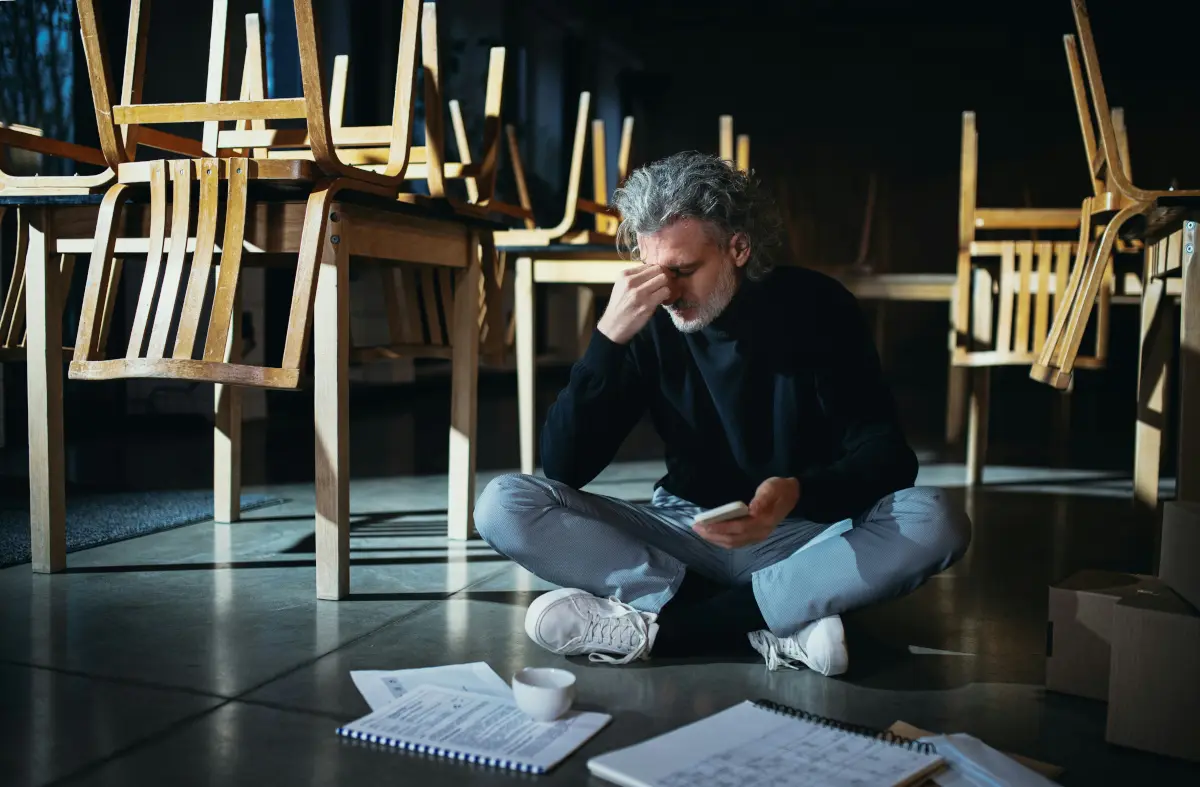If you’ve ever thought about going to therapy but felt a bit unsure or hesitant, you’re definitely not alone. There’s so much mystery—and sometimes downright misinformation—around what therapy actually involves. Maybe you imagine lying on a couch, spilling your darkest secrets to a stranger, or perhaps you picture a serious, clinical setting where you’re being judged rather than helped. The truth? Counselling is nothing like that, and understanding what really happens in a session can be the first step to feeling comfortable enough to reach out.
So, let’s sit down and have a proper chat about some common therapy myths—and what actually goes on in a counselling session.
Myth 1: Therapy Is Just Talking About Your Past
One of the biggest misconceptions is that therapy means endlessly dissecting your childhood or reliving painful memories. While it’s true that understanding our past can sometimes help explain why we feel or behave in certain ways, therapy isn’t stuck in the past. In fact, many sessions focus on the here and now—your current feelings, challenges, and relationships—and how you can build coping strategies for the future.
Your counsellor won’t force you to dig into anything you’re not ready for. Instead, therapy is a space for you to explore whatever matters most to you, at your own pace.
Myth 2: Counsellors Just Give Advice
Some people worry that therapy is like a lecture or advice session, where the counsellor tells you what to do. Actually, that’s far from the case. Counselling is a collaborative process. Your therapist’s role isn’t to fix you or make decisions for you, but to listen carefully, ask thoughtful questions, and support you in finding your own answers.
Think of it like having a really good, non-judgemental friend who’s trained to help you make sense of your thoughts and feelings, and guide you toward solutions that feel right for you.
Myth 3: You Have to Talk About Everything Right Away
If the idea of opening up about everything all at once feels overwhelming, that’s completely understandable. Therapy isn’t about unloading your entire life story in one go. Sessions usually start with small steps—getting to know each other, talking about what brought you there, and figuring out what you hope to achieve.
It’s your space, and you set the pace. If you’re not ready to talk about something, that’s perfectly okay. A good counsellor respects your boundaries and helps you build trust gradually.
Myth 4: Therapy Is Only for “Serious” Problems
There’s a stigma that therapy is only for people with major mental health diagnoses or severe crises. But really, counselling can help with all sorts of struggles—stress at work, relationship difficulties, low confidence, grief, or just feeling stuck in life.
Therapy is about emotional well-being, not just mental illness. You don’t have to be in crisis to benefit; many people go to therapy simply to understand themselves better or to improve their quality of life.
Myth 5: Counselling Is a Quick Fix
If you expect therapy to magically solve everything in a couple of sessions, you might be disappointed. Healing and personal growth take time. Counselling provides tools, insight, and support, but it’s not an overnight cure.
That said, even a few sessions can be helpful. Some people find that regular therapy over weeks or months leads to meaningful change, while others use it as a short-term boost during challenging times. The key is that therapy is a journey—sometimes slow, sometimes challenging, but always worthwhile.
So, What Actually Happens in a Counselling Session?
Now that we’ve busted some myths, let’s talk about what you can expect in a typical session. Most counselling sessions last about 50 minutes and usually happen weekly, but it varies depending on your needs.
You’ll sit in a comfortable space—whether that’s a cosy room, an office, or even online—where you can speak freely without distractions. Your counsellor will listen attentively, create a safe and confidential environment, and ask gentle questions to help you explore your thoughts and feelings.
Sessions might involve talking through problems, reflecting on your experiences, practising new skills like mindfulness or breathing techniques, or setting goals for change. Sometimes, you’ll work on identifying patterns in your behaviour or relationships, and other times you might simply vent or express your emotions.
Importantly, the sessions are a judgement-free zone. Whatever you share is treated with respect and confidentiality. Your counsellor is there to support you, not judge you.
How to Get the Most Out of Therapy
Therapy can be an incredibly rewarding experience, but it’s not always easy. Here are a few tips to help you make the most of it:
- Be honest: It’s okay to feel unsure or scared. Sharing your true thoughts and feelings helps your counsellor understand you better.
- Ask questions: If you’re unclear about anything—how therapy works, confidentiality, or the counsellor’s approach—don’t hesitate to ask.
- Give it time: Change doesn’t happen overnight, so try to be patient with yourself and the process.
- Be open to new ideas: Therapy can challenge old ways of thinking, which can feel uncomfortable but is often necessary for growth.
- Take care between sessions: Practising self-care and using the tools you learn in therapy outside sessions can really boost your progress.
Final Thoughts
Therapy isn’t some mysterious, scary thing reserved only for the “worried well” or the deeply troubled. It’s a human, compassionate space designed to help you understand yourself better, manage life’s ups and downs, and find ways to feel more in control and at peace.
If you’ve been thinking about counselling but felt put off by myths or uncertainty, I hope this post helps you see what therapy really looks like. It’s not about having all the answers or being perfect—it’s about being kind to yourself and taking steps towards healing, one conversation at a time.





